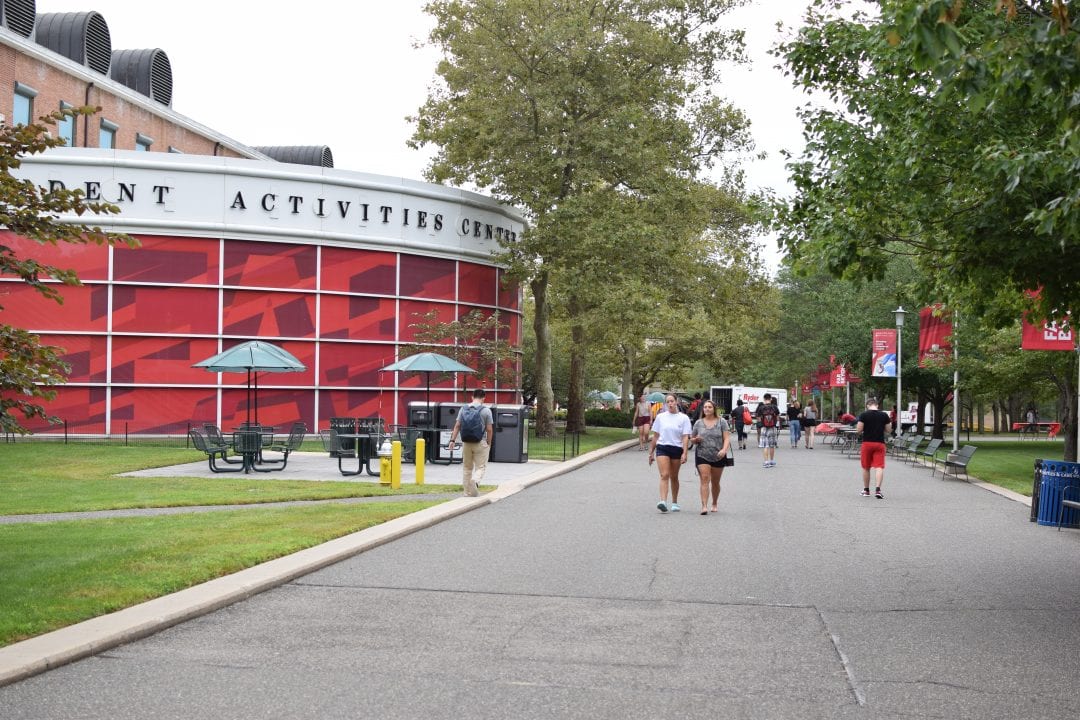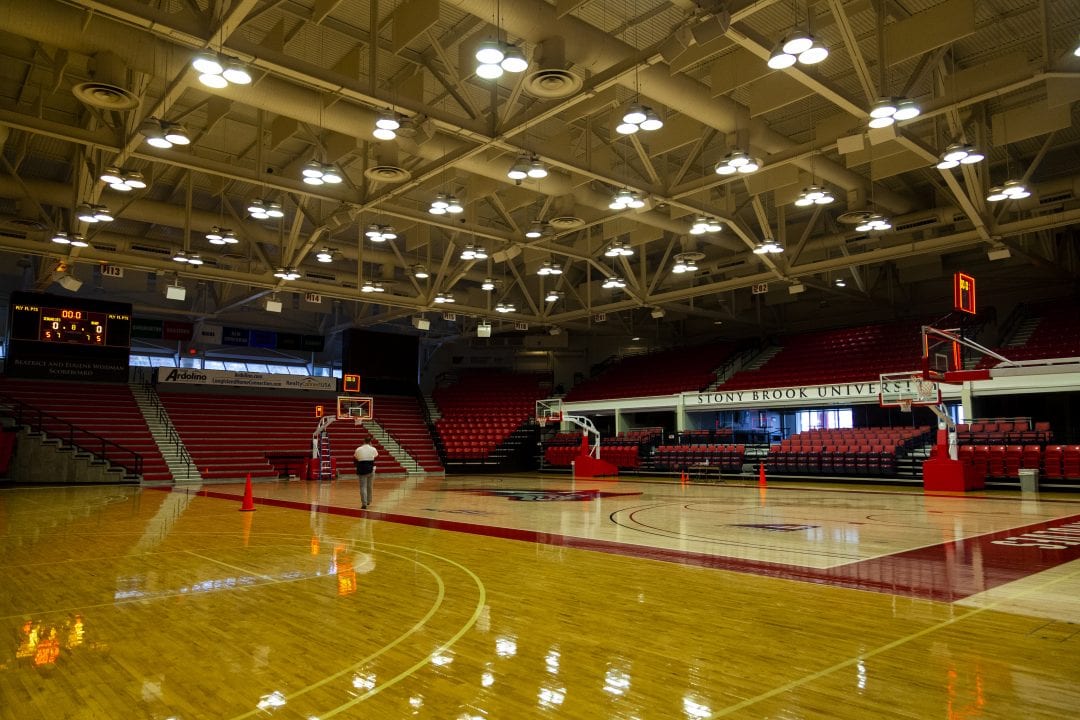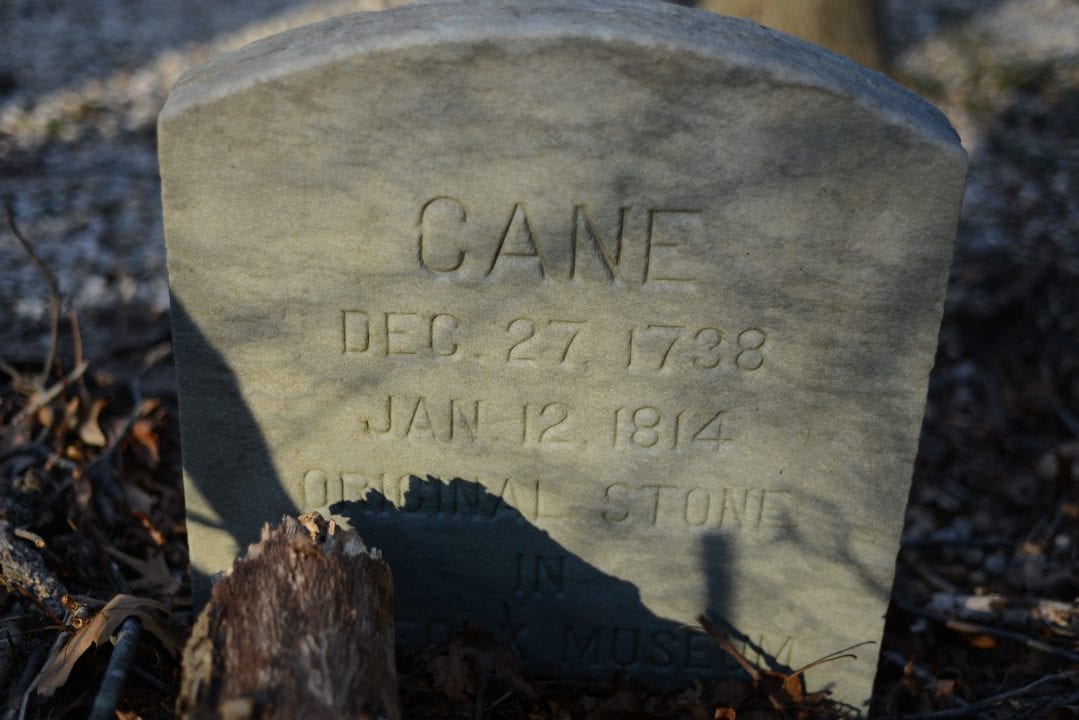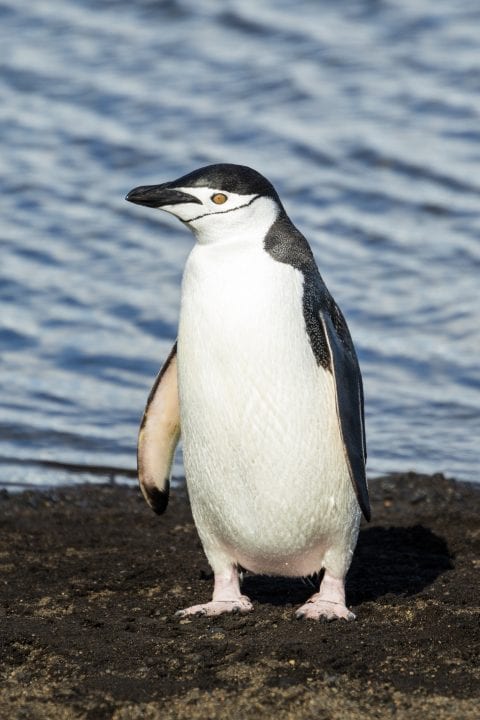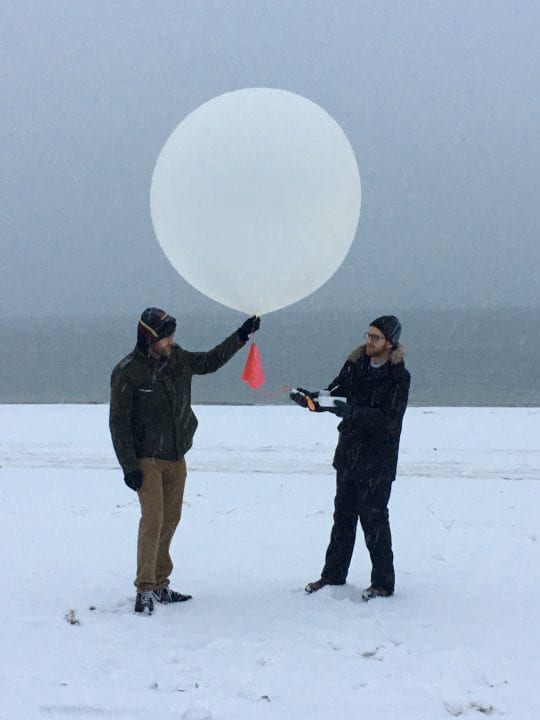
The rocky, dry terrain of Kīlauea Volcano in Hawaii is not the environment for a luau or a tropical vacation. There is nothing, and no one, there.
It is a quiet rock desert filled with jagged, block-like and glassy volcanic rocks that lay for miles. There is no plant life to shield its visitors from the sand and volcanic gases that blow in the gusts of 25 mph winds. No visible life, not even insects, can be seen on this cooled lava flow.
“If I woke up there I’d be like, ‘Where am I?,’” graduate student Michael Thorpe, who spent about a week doing geological fieldwork there, said. “You might think it’s Mars—and that just goes to show why it’s such a good location for the study. There are very few places on Earth that are physically and chemically similar to Mars.”
RIS4E Co-Investigator Deanne Rogers, graduate students Gen Ito, Michael Thorpe and the rest of the RIS4E Theme 2 Team recently returned from spending a week in Hawaii pretending that they were astronauts on Mars.
Stony Brook University has one of nine Solar System Exploration Research Virtual Institute (SSERVI) teams that will help NASA study planetary science and space exploration over the next five years. A portion of SSERVI, called Remote, In Situ and Synchrotron Studies for Science and Exploration, or RIS4E, has four different themes each specializing in a different aspect of space science.
The Theme 2 team is a group of 12 scientists from universities, research institutions and NASA who are focused on evaluating the most efficient techniques and procedures for astronauts to collect material samples in space.
“When astronauts are trying to complete missions on another planet they are limited by resources like oxygen, power and water,” said Ito, whose Ph.D. project is the research from Theme 2. “They have no time to waste.”
Ito said that when samples are taken from a planet’s surface, it can be difficult to identify a variety of rock compositions because they may all look the same. Geologists are trained to identify rock types and compositions with their eyes, but what if the astronaut isn’t a geologist? The purpose Theme 2 is to test handheld equipment and see if it can be used to identify different compositions of rocks, easier, faster, and better than a geologist could alone.
The hike to the field site each day through the rugged terrain of the volcano was an hour and a half each way, and an 8–10 mile round trip each day, with large equipment strapped to their backs. The team often worked from 9 a.m. to 5 p.m. in the field, heading back before sunset to beat a trek in the darkness. Each day they had to inform the Hawaii Volcanoes National Park Rangers how many people were going in, and what time they planned to be out.
The team used a Forward Looking Infrared camera (FLIR) to take thermal images of rocks using infrared light. By using infrared light rather than visible light, the geologists measured the temperature of the rocks. From the temperature data they were able to process colored images that reflected the rock’s composition.
“Astronauts might take a lot of the same materials back to Earth, not knowing that they are they same, and that would really be a waste,” Ito said. “We want to avoid that.”
Now back at Stony Brook, Rogers, Ito and Thorpe will test the composition of the samples and see if they match what the processed images identified. They will also go through their notes from each day in the field and streamline the procedures and decision making process for sampling.
“We are going to make recommendations to NASA,” Rogers said. “We’ll say it took us this long to take samples, we had these problems and we have these suggestions. Then they will decide whether they want to come up with new technologies or say it’s not worth it.”
The first two years of their fieldwork will be in Hawaii, and the following three will be in New Mexico. In 2015, the team will be returning to the same site to improve the procedures used with the information received from this trip.
“Most of this first trip is getting ready for the next trip,” Rogers said. “It was a recon mission. The next one will be the real deal.”







